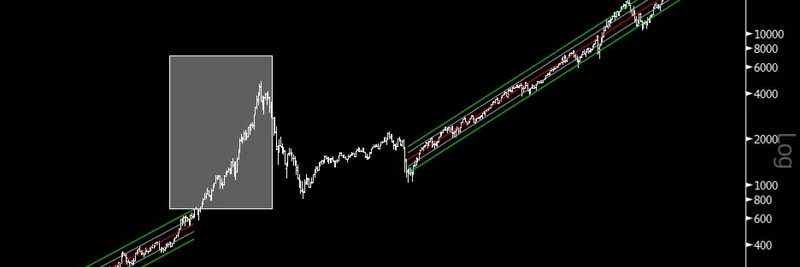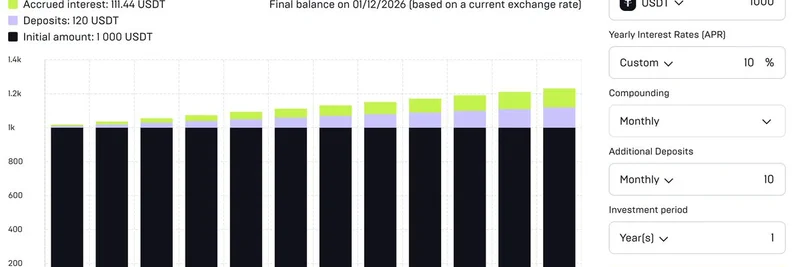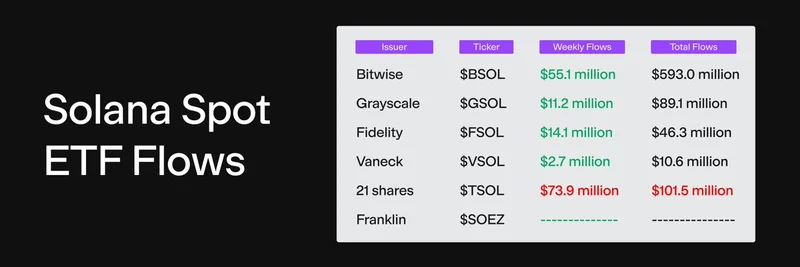In a recent thread on X, Raoul Pal, the founder and CEO of Global Macro Investor and Real Vision, laid out a compelling case against the idea that tech stocks and crypto are in a bubble. Drawing on decades of market data and macro insights, he argues that we're still early in a cycle fueled by global liquidity and debt dynamics. For those of us tracking meme tokens—those fun, volatile assets often built on chains like Solana—this perspective could signal more upside ahead. Let's break it down step by step, with simple explanations of the key concepts.
Busting the Tech Bubble Narrative
Pal kicks off by sharing a logarithmic chart of the Nasdaq-100 (NDX) index, showing its performance over the past few decades. A logarithmic chart, or log chart, scales the y-axis to better visualize exponential growth, making it easier to spot trends in assets that compound over time.
According to Pal, the current NDX price is less than one standard deviation (SD) away from its long-term trend line. Standard deviation measures how much something varies from the average—in this case, it's a way to gauge if prices are abnormally high or low. Back in the late 1990s dot-com bubble, prices shot up multiple SDs above the trend, leading to a crash. Today? Not even close. "Nothing to see, move on," Pal quips.
This matters for crypto because tech stocks and digital assets like Bitcoin often move in tandem, especially in liquidity-driven markets.
Why P/E Ratios Are Misleading in a Debasement Era
Next, Pal tackles the common cry that price-to-earnings (P/E) ratios are at bubble levels. P/E is a valuation metric: it divides a stock's price (P) by its earnings per share (E). High P/E might suggest overvaluation, but Pal points out a key flaw—currency debasement.
Debasement happens when governments print more money, eroding the value of fiat currencies like the USD. If debasement runs at 11% annually while GDP (the economy's total output) grows at just 2%, the P rises faster than E. Over time, this inflates P/E ratios naturally. Pal estimates they double every eight years or so due to this "denominator effect." So, those sky-high P/Es? They're more a symptom of money printing than irrational exuberance.
Bitcoin's Position in the Cycle
Shifting to crypto, Pal notes that Bitcoin (BTC) is also under one SD from its trend—far from the two SD peaks it hit in past bull runs.
He attributes the current "lackluster" business cycle, measured by the ISM Manufacturing Index (a gauge of economic health based on surveys of purchasing managers), to delayed liquidity injections. The ISM has been subdued, but forward indicators suggest a turnaround.
The Role of Debt Rollovers and Liquidity
Here's where it gets macro-heavy but crucial for understanding crypto rallies. Pal highlights that $10 trillion in U.S. debt is set to roll over in the next 12 months. Rolling over means refinancing old debt at current rates. With rates still high post-COVID, this creates pressure for more liquidity—think central banks easing policies to keep things afloat.
Financial conditions indexes, which track things like interest rates and credit availability, lead the ISM by about three months and point to improving liquidity ahead.
This liquidity wave drives "number go up" for assets like NDX and BTC. Pal shows correlations as high as 96% for NDX and 90% for BTC with global liquidity trends.
Global Liquidity: The Ultimate Driver
Pal emphasizes that liquidity isn't just a U.S. story. Demographics (aging populations needing more government spending) drive debt, which drives debasement and liquidity. Even in 2017, when the Fed was tightening, China and the UK pumped liquidity, keeping the crypto bull alive.
Today, with rates "too damned high," Pal sees a need for more easing. The cycle feels delayed because COVID extended debt maturities by a year when rates hit zero.
Implications for Crypto and Meme Tokens
Pal wraps up by acknowledging the risk of being wrong—"this time is different" is a dangerous phrase—but insists the cycle ties back to debt maturities, making it more of the same. He's hedging by taking some profits ("lifestyle chips") but staying exposed, ready to buy dips in ETH, SOL, and SUI.
For meme token fans, this is gold. Many top memes live on Solana (SOL), which Pal flags for potential new highs. If global liquidity floods in, as he predicts, volatile assets like memes could see explosive gains. Think of it as the rising tide lifting all boats—BTC and ETH rally, altcoins follow, and memes surf the hype wave.
Of course, markets are unpredictable, but Pal's data-driven take suggests we're not in bubble territory yet. If you're building or trading in the meme space, keep an eye on those liquidity indicators. For more on how macro trends impact blockchain innovations, check out our knowledge base at Meme Insider.
This thread is a must-read for anyone in crypto—head over to the original post on X for the full details and charts.



